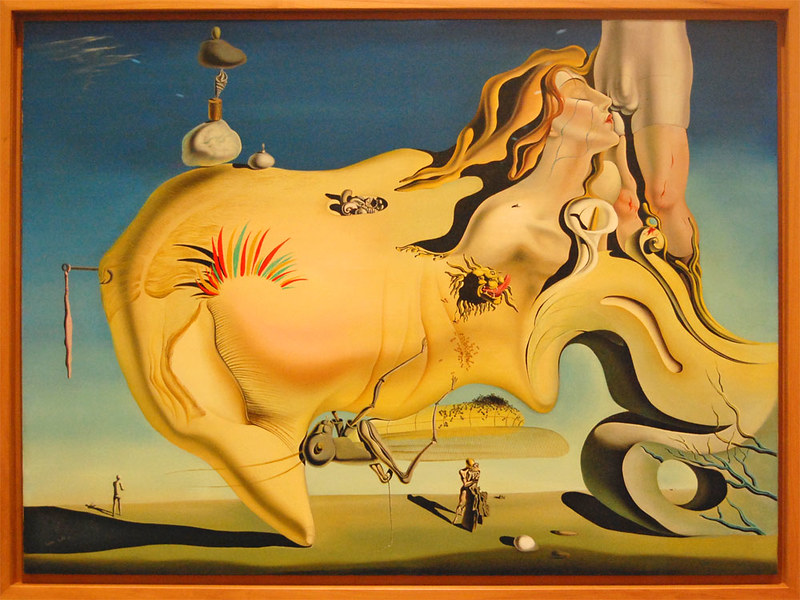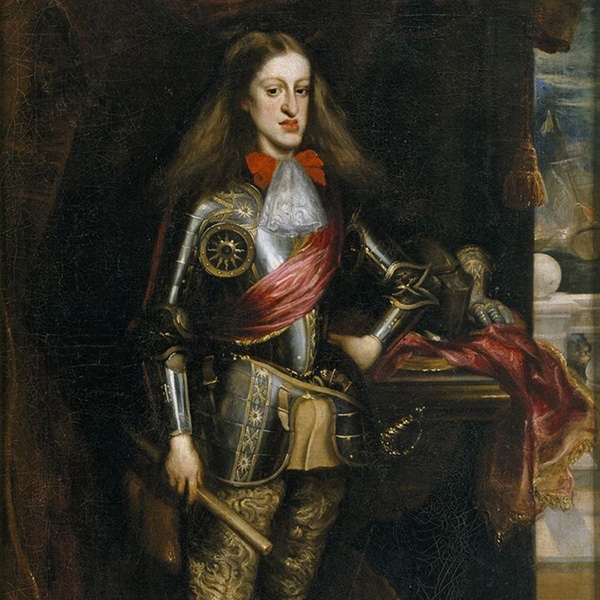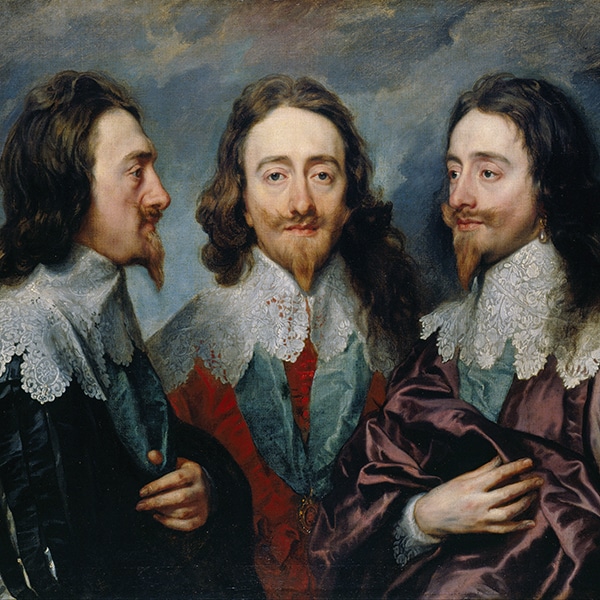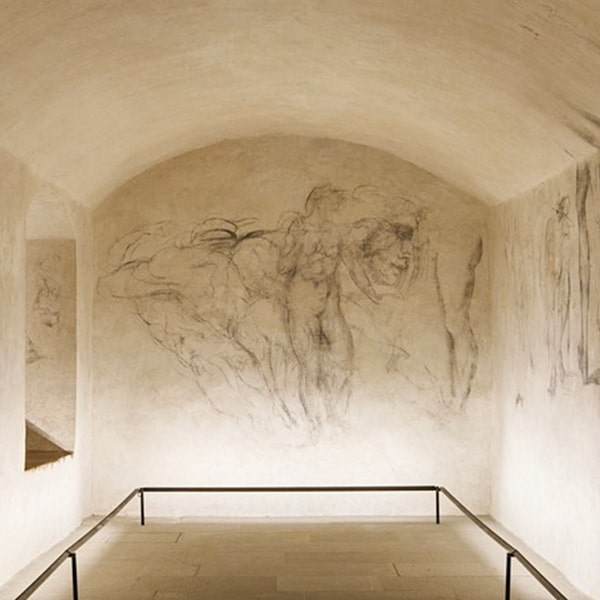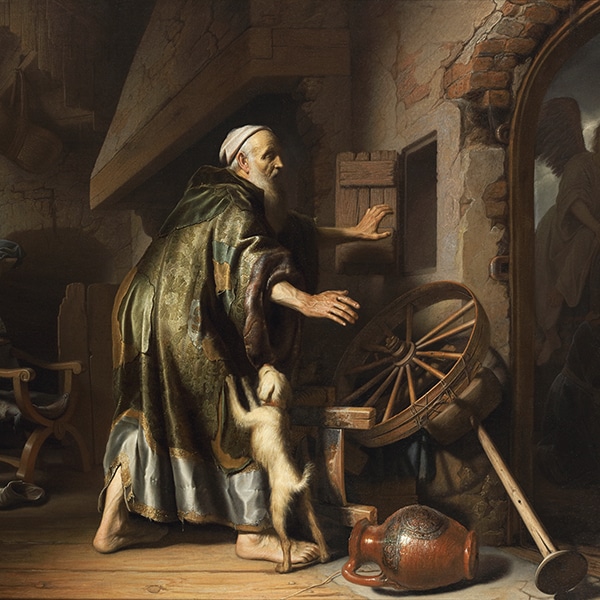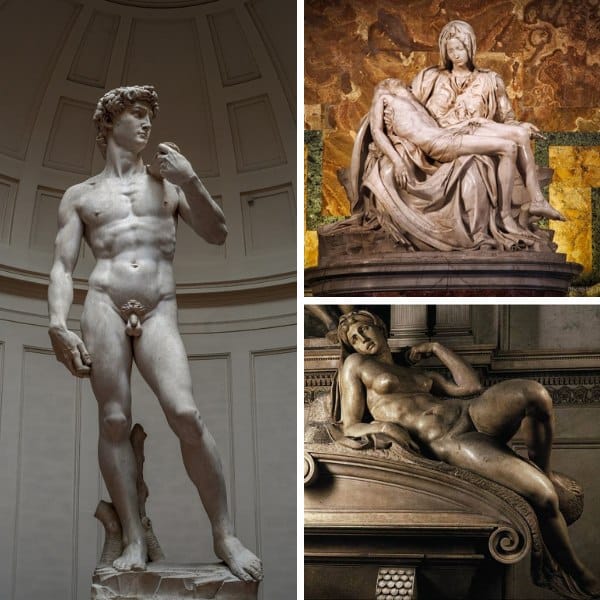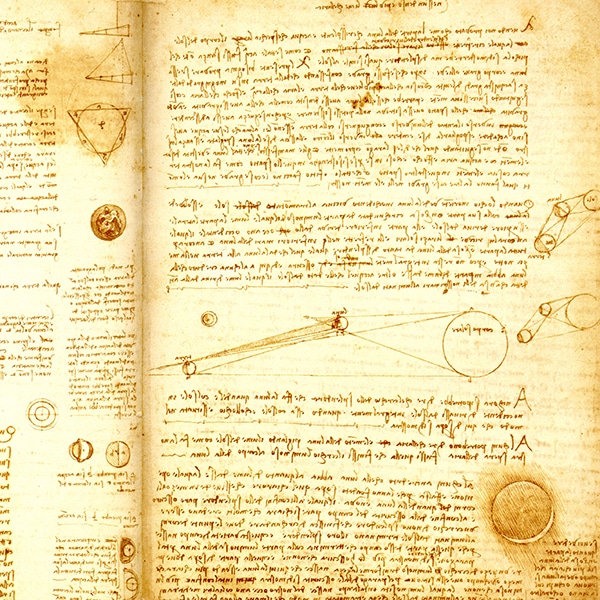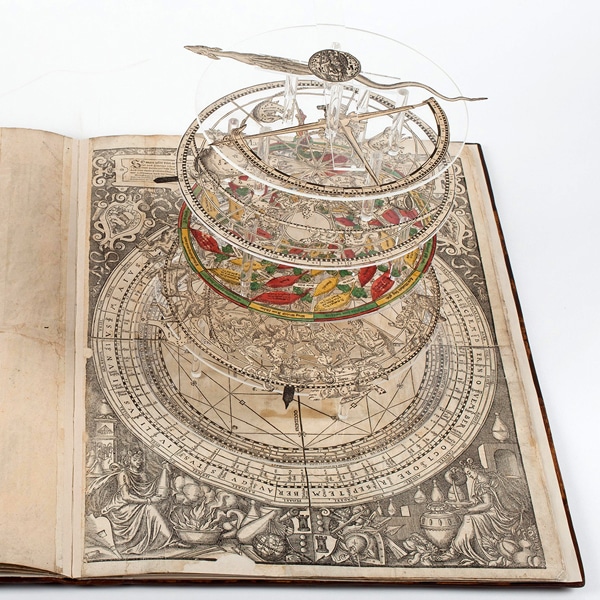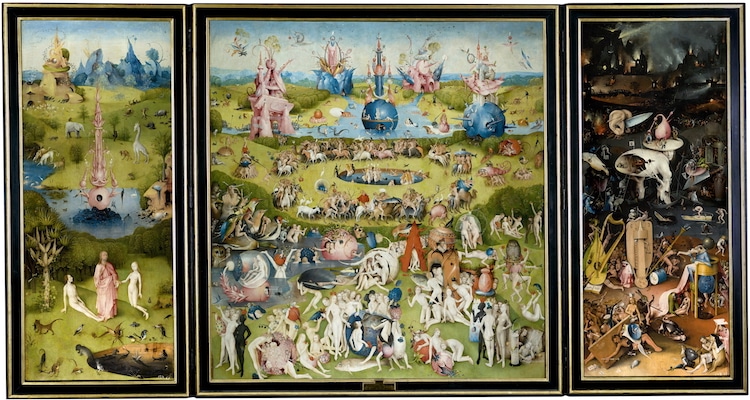
Hieronymus Bosch, “Garden of Earthly Delights,” between 1480 and 1505 (Photo: Wikimedia Commons, Public domain)
This post may contain affiliate links. If you make a purchase, My Modern Met may earn an affiliate commission. Please read our disclosure for more info.
Depicting a fantastically surreal world that ranges from orgiastic pleasure to terrifying horror, Hieronymus Bosch's The Garden of Earthly Delights has fascinated the public for centuries. Now housed in Madrid's Prado Museum, it's hard to believe this bizarre painting—filled with Willy Wonka machines and hybrid creatures caught in strange acts—was painted over 500 years ago.
In the information age, it's shocking how much is still open to interpretation when it comes to The Garden of Earthly Delights. Bosch is known as a master of Early Netherlandish Renaissance art, with much of his work tinged with macabre overtones.
Despite being a highly individualistic Renaissance artist, there are only 25 surviving works that historians attribute to the master. What little we do know about Bosch, who left behind no written records or diaries, comes from his first name. Hieronymus is a derivative of his birthplace, ‘s-Hertogenbosch or “Den Bosch,” which translates to “the forest.” Bosch came from a family of painters, including his grandfather, father, and uncles—all of whom are recorded as working in the area. Though we can't be certain, it's believed that these family members would have passed the craft down to Bosch.
And while his fantastical, macabre paintings may seem morbid today, they were an immediate success even during his lifetime. Many painters copied his style, with the most famous being Pieter Bruegel. What is it about Bosch and The Garden of Earthly Delights that continues to capture the public's imagination? Let's take a look at this famous painting and dissect the madness that has captivated and confounded historians.
Learn 17 facts about Hieronymus Bosch's painting The Garden of Earthly Delights.
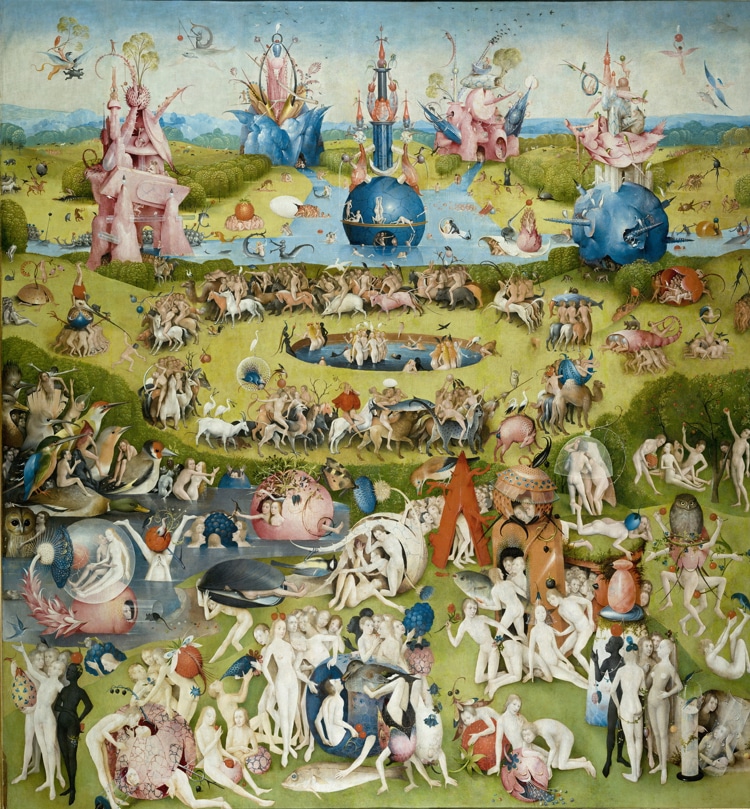
Central panel of “Garden of Earthly Delights,” between 1480 and 1505 (Photo: Wikimedia Commons, Public domain)
Title | The Garden of Earthly Delights |
Artist | Hieronymus Bosch |
Year | c. 1490 - 1510 |
Medium | Oil and grisaille on wood panel |
Size | 98 in x 73 in (249 cm × 185.8 cm) |
Location | Prado (Madrid, Spain) |
The origins of Hieronymus Bosch remain a mystery.
Surprisingly little is known about the influential artist. We don’t know his birth date, level of education, or even who his patrons were. For Renaissance period artists, historians rely heavily on written records, but as none of Bosch’s writings have survived, this puts them at a loss. It's also left his artwork up for lively debate, as art historians try to interpret the symbols in his work.
Bosch didn't date his paintings.
Since little is known about Bosch and he didn’t date his work, art historians have made their best estimate by taking into consideration a number of factors, including the age of the wood panels and the inclusion of a pineapple—a New World fruit that means it must be painted after Columbus’s voyage to America. It’s currently thought to have been painted sometime between 1490 and 1510.
It's bigger than you may realize.
When open, this large-scale artwork measures a little over 7 feet tall and almost 13 feet long. The center panel alone is 6.5 feet wide.
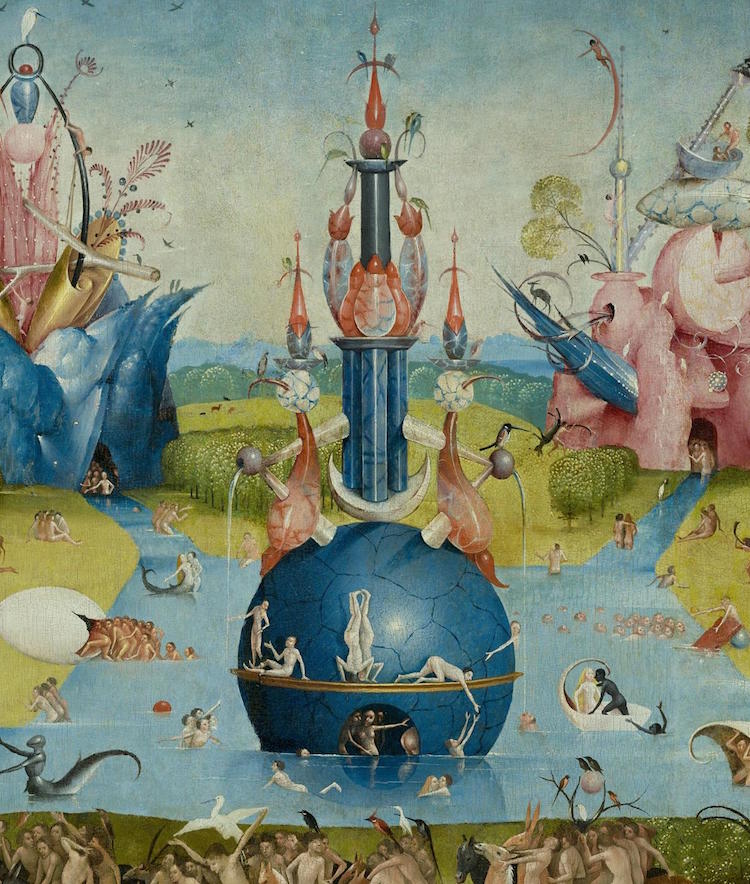
Detail of “Garden of Earthly Delights,” between 1480 and 1505 (Photo: Wikimedia Commons, Public domain)
Oil paint was still a fairly new medium when the triptych was painted.
Bosch painted The Garden of Earthly Delights using oil paint on oak panels. At the time, oil paint was still less than 100 years old. According to Giorgio Vasari in The Lives of the Artists, Flemish artist Jan Van Eyck created the technique around 1410. Van Eyck wasn't the first to make oil paint, but he did add stabilizers that allowed for better binding with the pigment.
There's reason to believe Bosch's work was an immediate hit.
The first mention of The Garden of Earthly Delights is in 1517, one year after Bosch died. At that time, it was being displayed in the town palace of the Counts of the House of Nassau in Brussels. This was a prominent location due to visits by heads of state and court figures, which lets us know that the work was already highly valued at that time. Other indicators of its success were the tapestry and painted copies made of the work after his death.
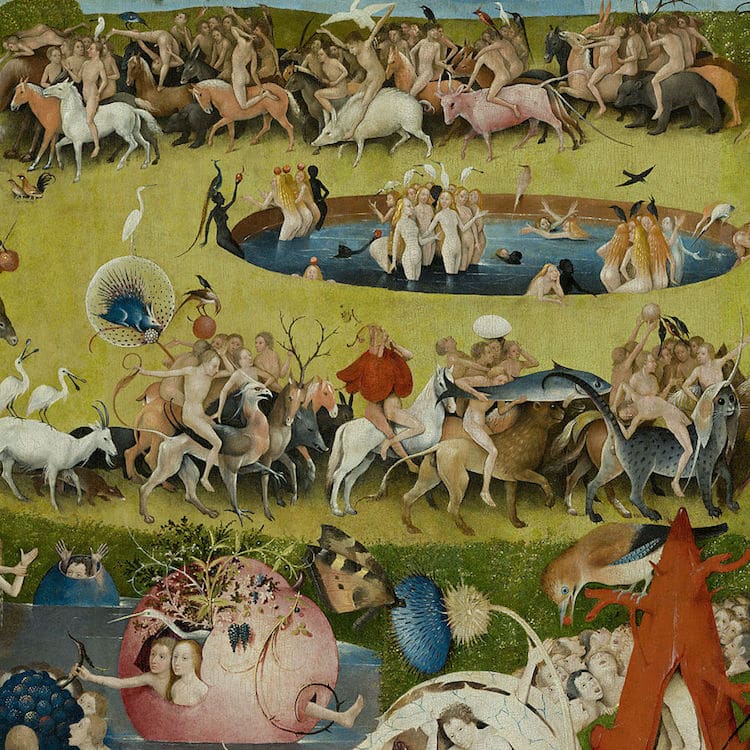
Detail of “Garden of Earthly Delights,” between 1480 and 1505 (Photo: Wikimedia Commons, Public domain)
We aren't sure who it was made for, but it definitely wasn't an altarpiece.
With the hoards of nude, cavorting figures in the central panel, it's highly unlikely the work would have been a church altarpiece. Though the figures don't partake in any explicit sexual acts, the hallucinogenic scene would have been a bit over the top in a church setting.
Instead, it's likely to have been a private patron that commissioned the work. Dr. Sally Hickson, a professor of art history at the University of Guelph, describes Bosch's piece as “functioning kind of like a Renaissance home theater for wealthy patrons.”
The Garden of Earthly Delights is a modern misnomer.
The common title for the work is something modern viewers have placed on the triptych. The Garden of Earthly Delights is what describes the central panel of the work and has become the modern name for the entire piece.
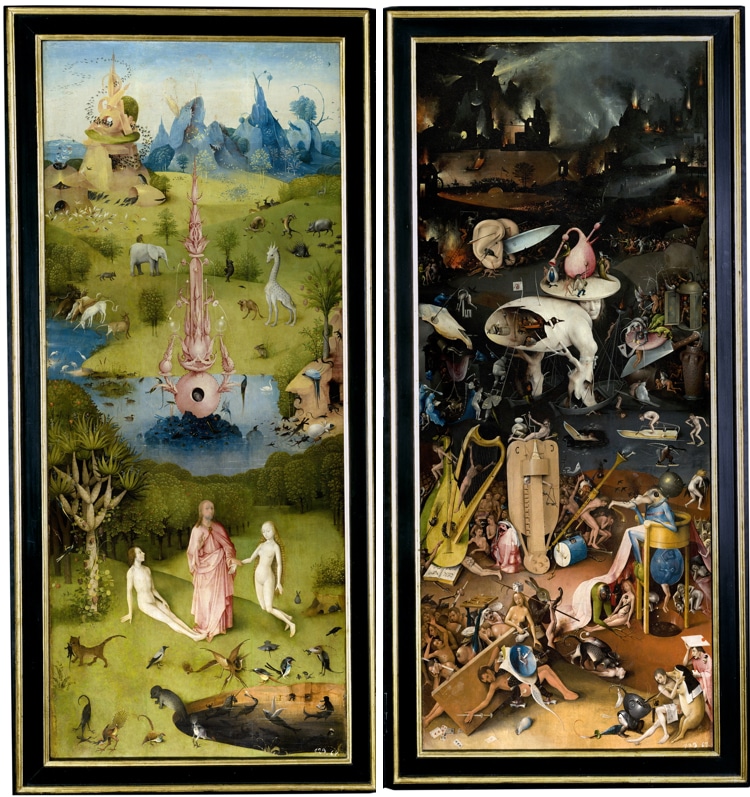
Left and right panels of “Garden of Earthly Delights,” between 1480 and 1505 (Photo: Wikimedia Commons, Public domain)
The colors have
The painting is supposed to be read like a book.
The triptych was most likely intended to be read from left to right, as each panel’s meaning is interconnected. The outer left panel shows God introducing Eve to Adam and the right panel depicts the torture of damnation. The central, and most well-known, panel is what the piece takes its name after. This garden shows the surreal and bizarre temptations on Earth. Thus, reading from left to right, we can see how man was created, lived, and then failed due to his own behavior.
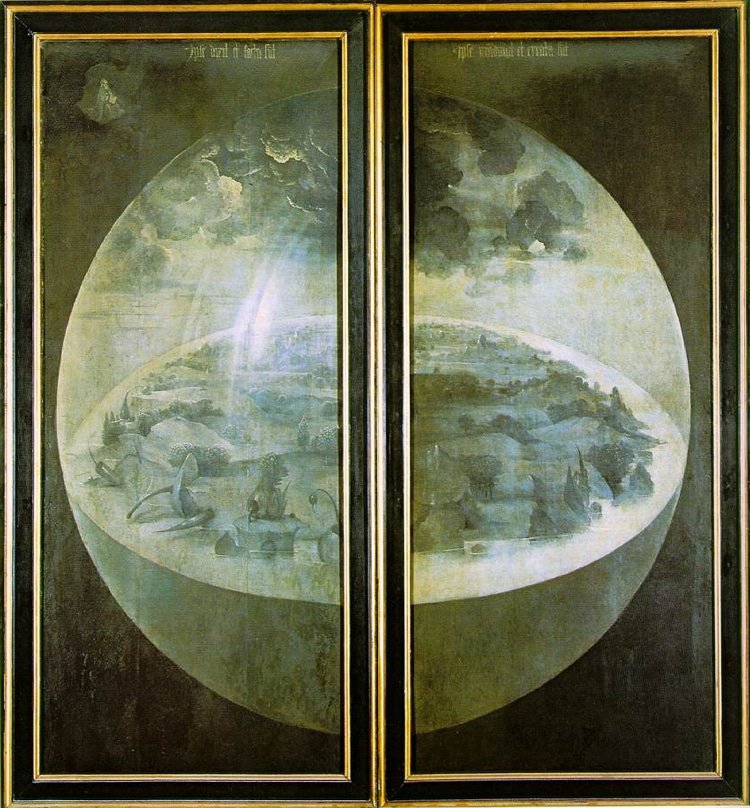
Closed panels of the “Garden of Earthly Delights,” between 1480 and 1505 (Photo: Wikimedia Commons, Public domain)
Close the outer shutters and you are in for a surprise.
When the left and right panels are closed, it’s possible to see the outside of the triptych, which Bosch painted in grisaille. Grisaille is used to describe a painting entirely executed in tones of gray or neutral colors. It was common for Netherlandish altarpieces of the time to have grisaille work on the outer panels as a means to contrast with the colorful interior.
The work shows the world in stunning detail, encased in a clear globe. In the upper left corner, it’s possible to make out the tiny figure of God, who is wearing a Papal tiara. Next to him, an inscription from Psalm 33:9 reads “For he spoke, and it came to be; he commanded, and it stood firm.”
The painting has alternatively been interpreted as depicting the Third Day of the Creation, after the creation of plant life, but before humans and animals, or of The Flood due to the globe being half filled with water.
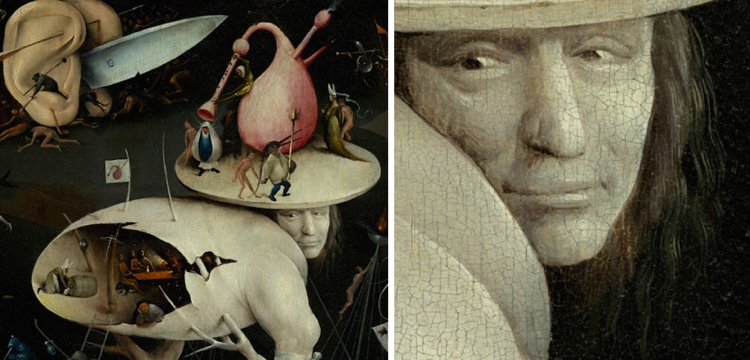
Detail of the “Tree Man” in the “Garden of Earthly Delights,” between 1480 and 1505 (Photo: Wikimedia Commons, Public domain)
Bosch may have painted himself into the artwork.
Although it's impossible to verify, some believe that the artist included a self-portrait in the hell panel. The theory was first proposed by art historian Hans Belting in his book on the painting.
The curious figure in question, which is known as “Tree-man” stands as the focal point of the right panel showing the damned. He has a human head, but a cavernous torso where three nude people, sitting on an animal, are at a table.
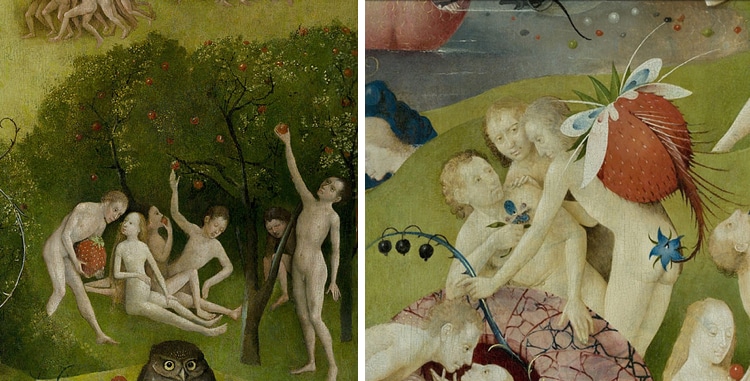
Detail of the strawberries in the “Garden of Earthly Delights,” between 1480 and 1505 (Photo: Wikimedia Commons, Public domain)
It was described as “the strawberry painting” in the 17th century.
The description is due to the prominent strawberry tree in the central panel. In fact, strawberries are scattered throughout the work, making it a recurring theme. In one scene, a couple feeds each other strawberries, in another, people pick apples off a tree while a man offers a woman a strawberry.
As with all aspects of the painting, there are different interpretations of the meaning behind all these strawberries. With their abundance of seeds, are they a reference to promiscuity? Or, do they follow the Catholic tradition of symbolizing rebirth and righteousness?
One character has been dubbed the “Prince of Hell.”
In the left panel is an unusual bird-headed character sitting on a gold throne that resembles a toilet from the 16th century. It appears to be consuming the body of a woman while other humans are being tortured below. On top of the blue character's head is a cauldron which possibly suggests a crown. For this reason, it has been referred to as the “Prince of Hell.”
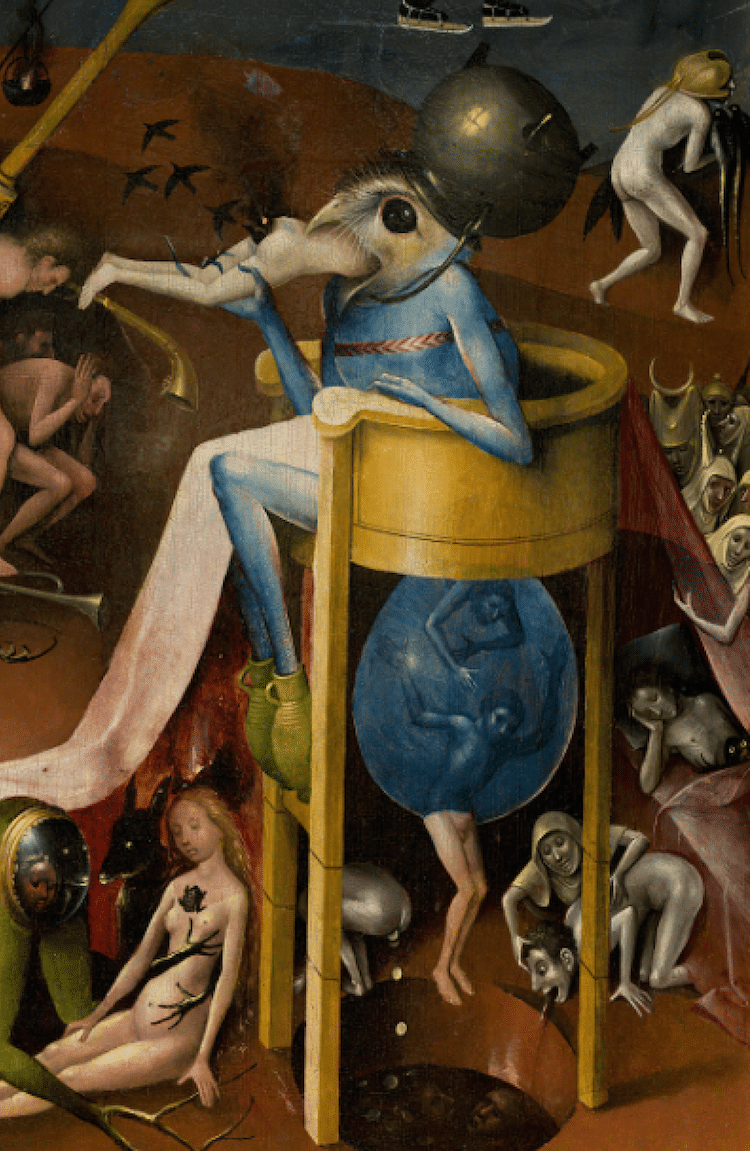
Detail of “Garden of Earthly Delights,” between 1480 and 1505 (Photo: Wikimedia Commons, Public domain)
It's an artwork that has defied interpretation for generations.
So what does it all mean? This is a question that has eluded scholars for centuries, mostly due to the issues surrounding our lack of knowledge about Bosch himself. The great German art historian Erwin Panofsky once wrote, “In spite of all the ingenious, erudite and in part extremely useful research devoted to the task of ‘decoding Jerome Bosch’, I cannot help feeling that the real secret of his magnificent nightmares and daydreams has still to be disclosed. We have bored a few holes through the door of the locked room; but somehow we do not seem to have discovered the key.”
Many read it as a story of man's fall from grace, while others think of it in terms of a utopia. There's even an entire website dedicated to looking at The Garden of Earthly Delights through on esoteric lens. We may never fully know what it means, but searching for symbols in the mysterious work is part of the fun.
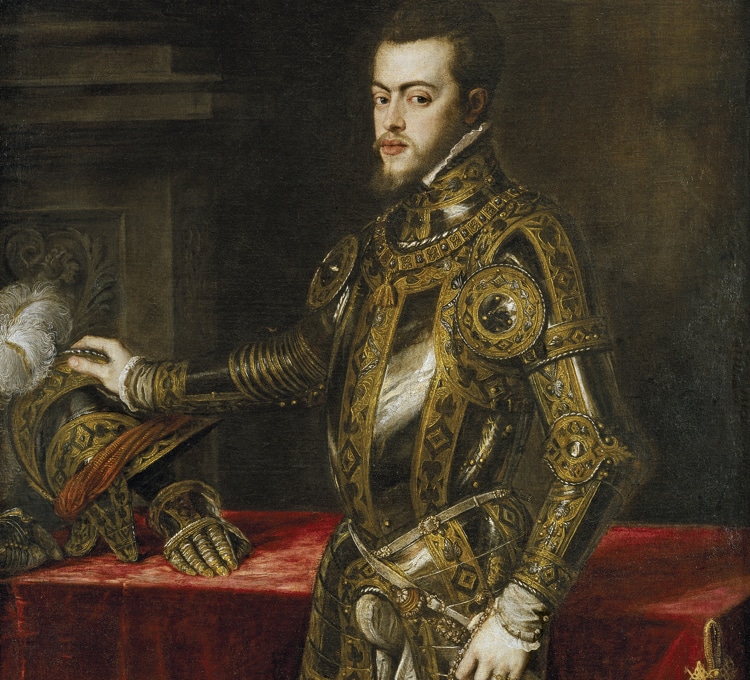
Titian, Detail of “Philip II in Armour,” c. 1550s (Photo: Wikimedia Commons, Public domain)
The piece may have inspired a famous Renaissance artist.
Giuseppe Arcimboldo, who is best known for his portrait paintings assembled with fruit, was likely inspired by Bosch's imaginative hybrid forms like the “Tree Man” which strayed from the tradition of realistic depictions of nature.
The Spanish Civil War is responsible for putting the painting in the Prado Museum.
The Garden of Earthly Delights arrived in Spain after King Philip II bought it at auction in 1591. He then displayed it at his home, the Escorial. Since 1939, the painting has been a landmark piece in the Prado’s Collection. It was moved here from the Escorial by the government for safekeeping during the Spanish Civil War and has remained as part of the collection since. A dispute in 2014 threatened to move it from the Prado, but an accord has since been signed that leaves the popular work in the museum.
The work had a huge influence on the Surrealist painters of the 1920s.
If Bosch's weird, wacky world reminds you of Salvador Dalí and other Surrealists, there's a good reason. Dalí and Joan Miró both viewed the work in person at the Prado and produced paintings that pay homage to Bosch's work. By portraying overly sexualized characters and hybrid animals, they are indirectly quoting the Netherlandish master.
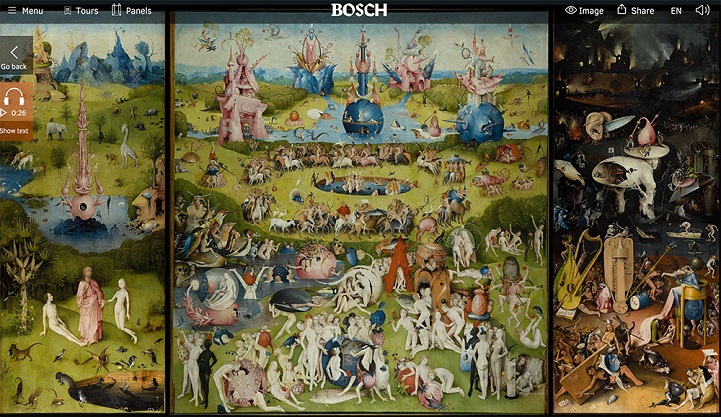
Image of the interactive exhibit of Hieronymus Bosch's “Garden of Earthly Delights”
Can't make it to Madrid? You can still view the triptych thanks to an interactive online exhibit.
Modern technology means that you don't have to fly to Madrid in order to get a good look at The Garden of Earthly Delights. In celebration of the 500th anniversary of Bosch's passing, a group of filmmakers and art historians put together a fantastic interactive exhibit in 2016, which allows you to look in close detail at the work and listen to audio essays about the piece.
This article has been edited and updated.
Related Articles:
Interactive Online Exhibit Explores Intricate Details of Bosch’s Famous Painting
450-Year-Old Painting Contains Over 100 Proverbs We Still Use Today
Surreal Creatures from Bosch’s ‘Garden of Earthly Delights’ Come to Life as Festive Piñatas
